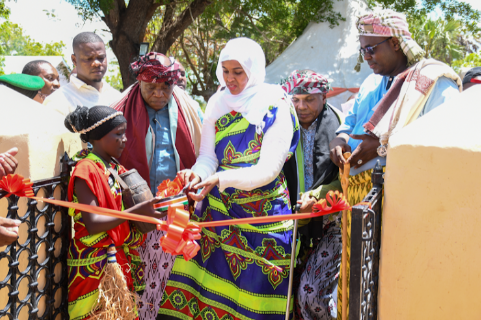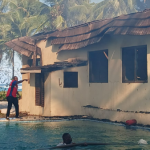Heritage Principal Secretary Ummi Bashir announced that heritage sites in Tana River County will be mapped and officially recognized. This initiative will be led by the State Department of Heritage in collaboration with the Tana River County government. Bashir emphasized that this effort is part of the government’s strategy to boost tourism in the coastal region.
“This step positions our country as a global heritage center and a home to centuries-old history,” she stated during the launch of the county’s first museum in Ngao on Saturday. The government, she added, will assist the county administration in securing resources to renovate heritage centers and make them official tourist attractions for visitors and archaeologists from around the world.
Bashir highlighted that Tana River County is rich in historical significance and should attract tourists from Asia and Europe. She noted, “The Germans, British, Arabs, and Portuguese were here, offering other countries a chance to trace and learn about their history.” She also mentioned that missionary graves, which serve as monuments in the county, are part of an ancestry that needs to be honored.
The government will focus on sites such as the ancient British tunnel under Lord Garrison’s administration in Garsen, the colonial district commissioner’s office in Kipini, the ancient mosque of the Sultan of Muscat, and the grave of Fumo Liyongo.
Bashir also expressed the government’s support for marketing local ancient cultural medicines and beauty products that are often sought abroad. “There is a type of clay here that reportedly delays aging. People around the world pay high prices for it, yet here in Tana River, it is just seen as normal clay. We will explore a market for it,” she said.
Tana River Governor Dhadho Godhana echoed Bashir’s sentiments, stressing that the county’s rich history, when properly explored, could redefine what is recorded in history books. He added that Tana River County was the location where the first steps toward a free Kenya were taken, following the Hola massacre.
“It was at the Hola prison that prisoners of war went on hunger strike and were beaten to death, leading to significant discussions at the first Lancaster Conference, which ultimately shaped our current trajectory. However, this part of history has been neglected and needs to be brought to light,” said Governor Godhana.
He also remarked that the county has the potential to become a major tourism hub in Africa if the government and other stakeholders undertake a comprehensive effort to upgrade the sites and highlight the rich history.
Local residents described the opening of the first museum as a pivotal moment for their heritage. They urged investors and tourists to visit and learn about the area’s rich history.
The 120-year-old facility launched in Ngao village represents the local struggle against colonialists and the establishment of Christianity in the region. The museum features artifacts such as canoes over 100 years old, ancient fishing traps, pots, and plates used by the early inhabitants.
The development of the museum was carried out in collaboration with the National Museums of Kenya and was supported by a €19,500 grant from a Greek heritage NGO.
The launch event was attended by Tana River Senator Danson Mungatana, MPs Ali Wario (Garsen) and Said Hiribae (Galole), PSs Idris Dokota (Cabinet Affairs) and Harsama Kello (ASALs), deputy government spokesperson Mwanaisha Chidzuga, and area MCAs.



